
Appetizers used to set the tone for a night out—big, bold, and dripping with cheese or grease. But the food scene has shifted, and so have diners’ expectations. Health trends, rising ingredient costs, and changing palates mean some once-iconic starters now feel tired and out of place. These appetizers aren’t just high in calories, but they’re also symbols of a dining era people have moved on from. Let’s break down exactly why each of these starters has overstayed its welcome.
Loaded Fries: Comfort Food Gone Wrong
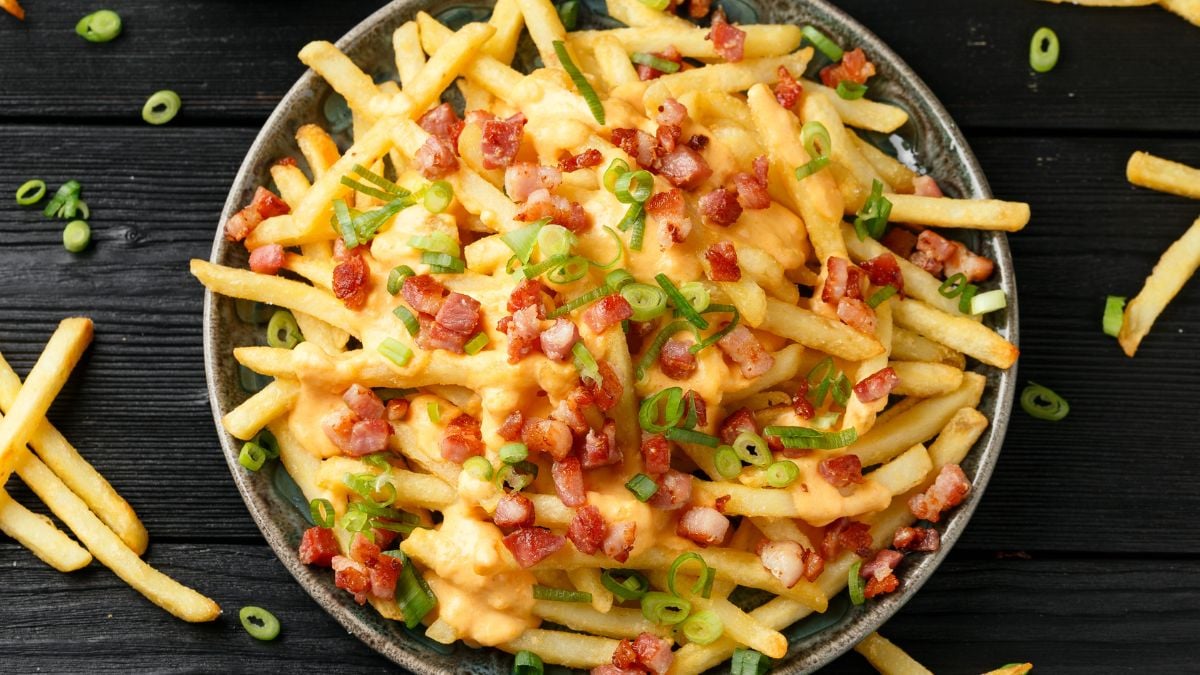
Loaded fries should be a slam dunk: fries, cheese, bacon. But chains cut corners, using canned cheese sauce and cardboard-textured bacon bits. The result is soggy fries swimming in grease, which turns comfort food into chaos. Consumers now want crisp, quality versions with fresh toppings—something chain kitchens rarely deliver at scale.
Mozzarella Sticks: Instagram Pull, Empty Flavor
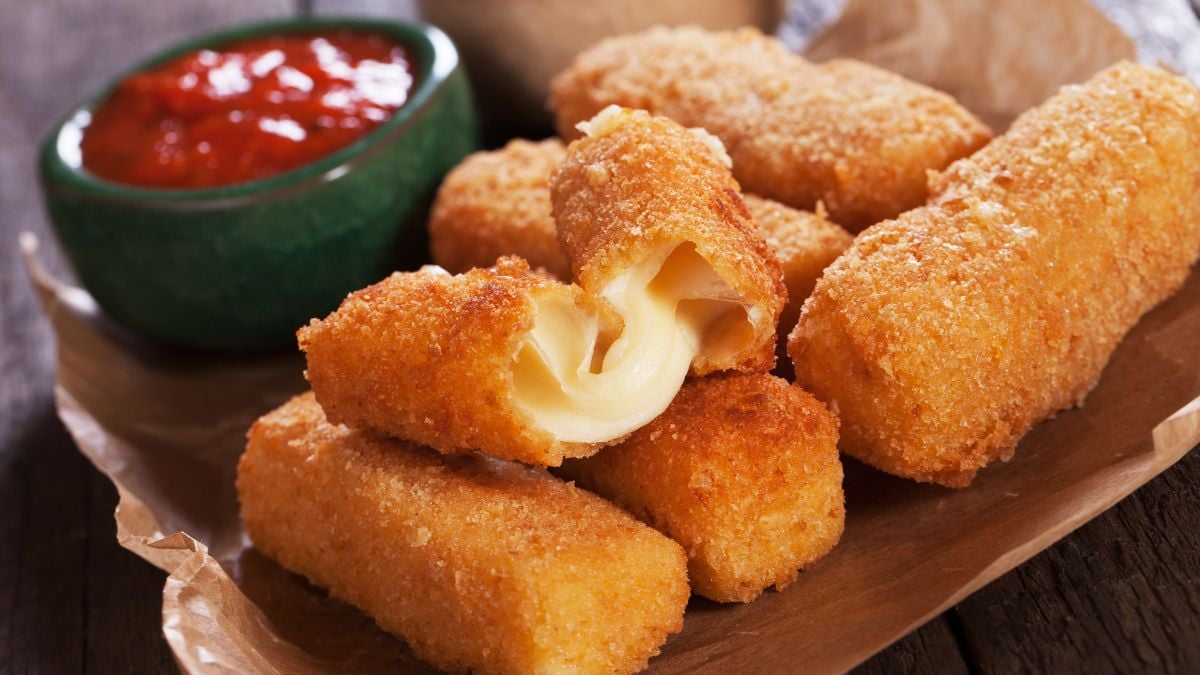
Cheese pulls made mozz sticks look exciting on Instagram, but reality doesn’t match the photo. At chains, they’re mass-produced, fried from frozen, and mostly breading with little cheese inside. They represent everything diners dislike about chain apps: processed, bland, and overpriced. With better cheese-forward starters like burrata or charcuterie boards becoming popular, mozzarella sticks look like the outdated junk food of yesterday.
Buffalo Wings: Shrinking Portions, Rising Prices
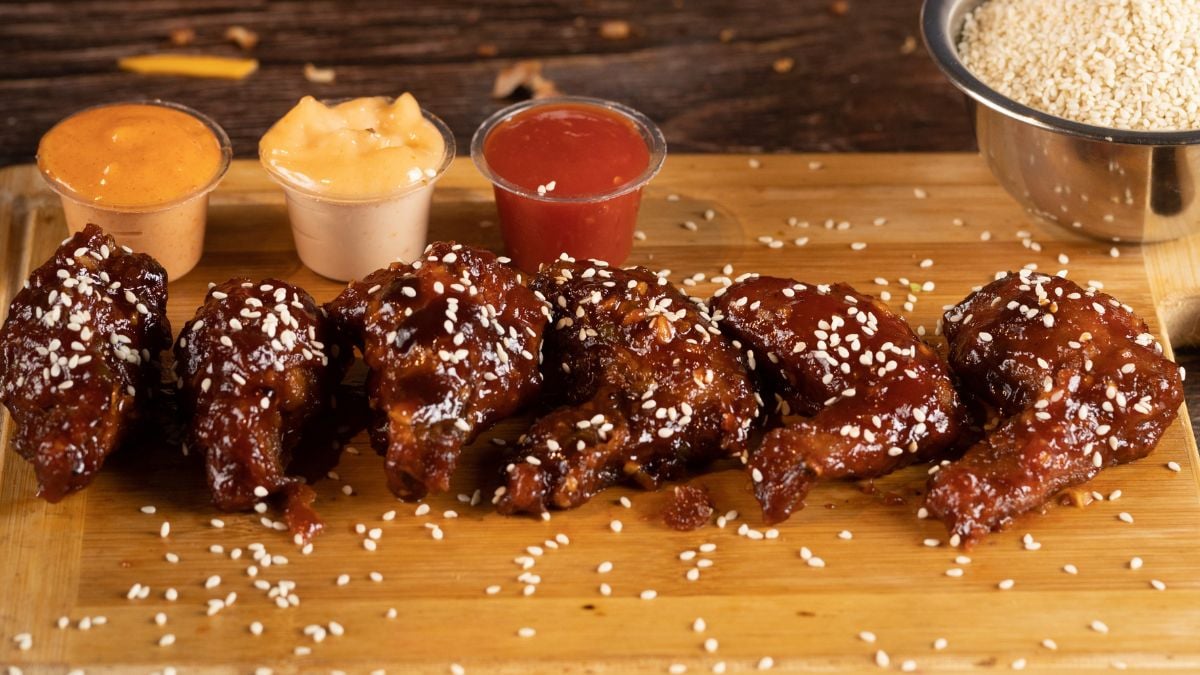
Wings once symbolized affordable bar food. Now, supply shortages and inflation have turned them into overpriced, undersized portions drowning in sauce. Chains often use processed boneless wings—basically nuggets—leaving customers paying premium prices for gristle and hot sauce. As other chicken starters (like Korean-style wings or grilled skewers) offer more value, buffalo wings look like a poor deal.
Fried Ravioli: Crunchy Outside, Canned Inside
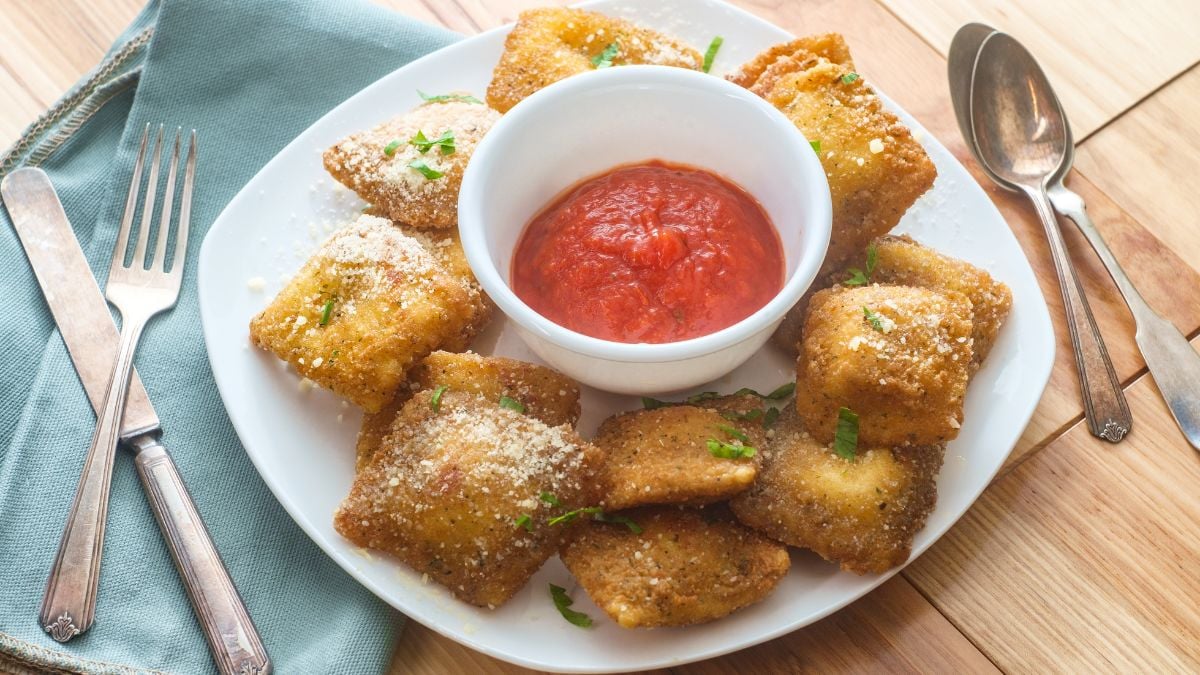
Fried ravioli sounds indulgent and comforting, but at chains it rarely lives up to the promise. The filling tastes canned, the breading either soggy or overcooked, and the texture unappealing. What should be Italian-inspired comfort food turns into another example of pre-packaged appetizers reheated en masse. Diners now expect authentic, handcrafted flavors—and fried ravioli feels like fast food in disguise.
Loaded Potato Skins: Fake Bacon, Real Disappointment
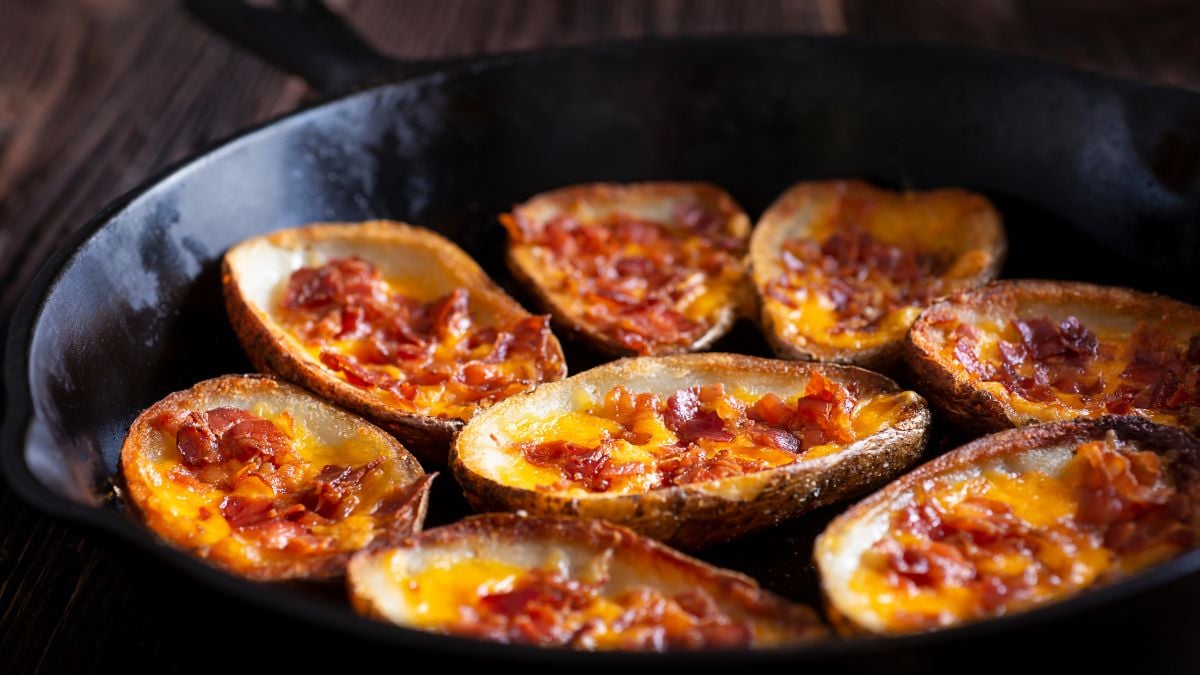
In the ’90s, potato skins felt indulgent and “pub-worthy.” Now, they’re reheated shells topped with artificial bacon bits and neon-orange cheese sauce. They’ve lost their freshness factor—no real potato flavor, just grease and fillers. Diners are gravitating toward starters with roasted veggies or unique toppings, while potato skins sit as a heavy, uninspired throwback.
Bloomin’ Onion: From Spectacle to Stomach Bomb
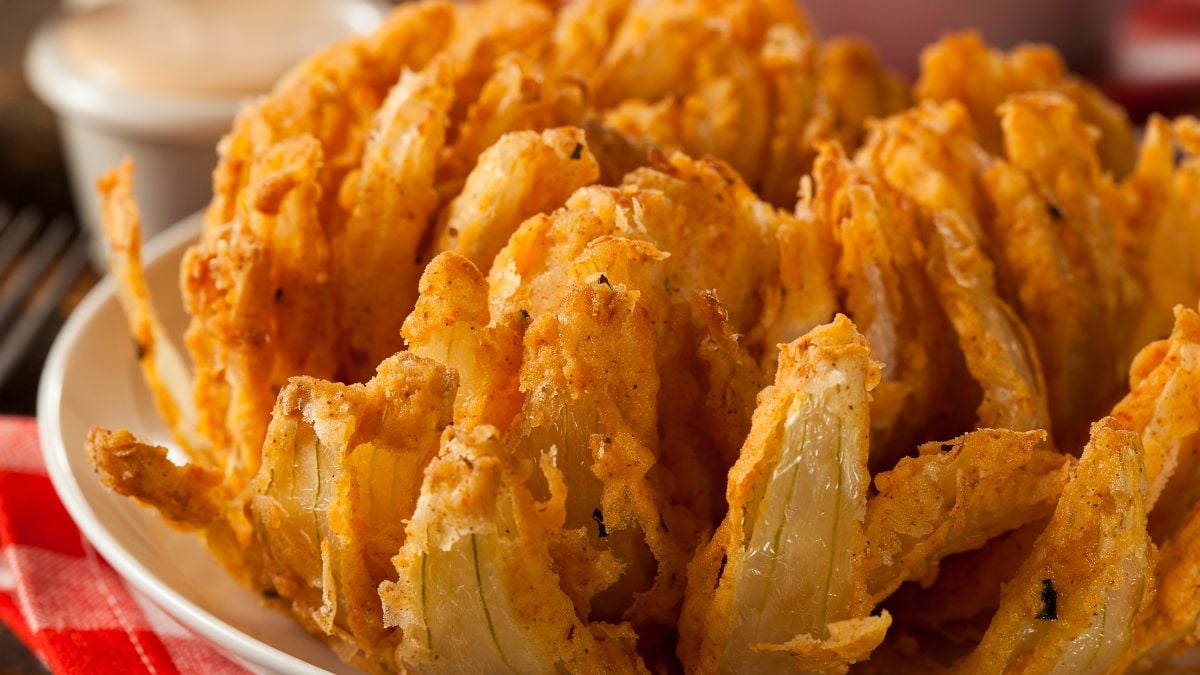
The Bloomin’ Onion was impressive in the ’90s because it was oversized and perfect for sharing. Today, people are more calorie-conscious, and this dish is a 1,500-calorie gut punch before your entrée even arrives. The novelty factor has worn off, and what’s left is greasy heaviness that ruins your appetite. Diners want bold flavors in smaller, balanced bites—not an oil-soaked relic of food-as-spectacle culture.
Shrimp Cocktail: A Fancy Relic Without the Value
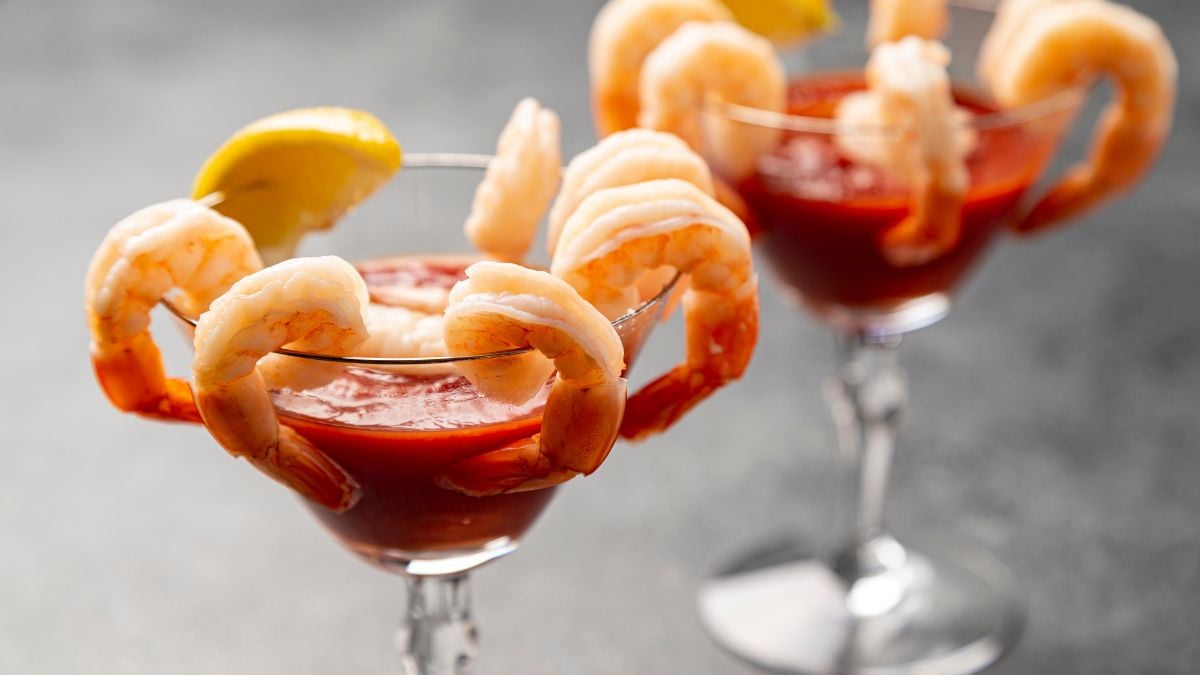
Shrimp cocktails once signaled sophistication, but by the ’80s it was already passé. Today, it’s overpriced for what you get—half a dozen shrimp with sauce that tastes like ketchup and horseradish. Worse, it doesn’t even work as an appetizer: the strong sauce overpowers the shrimp, and it offers no real texture or excitement. Diners now expect seafood starters with freshness and creativity, not something that feels like it’s been frozen since the country-club days.
Battered Mushrooms: Mushy, Greasy, Forgettable
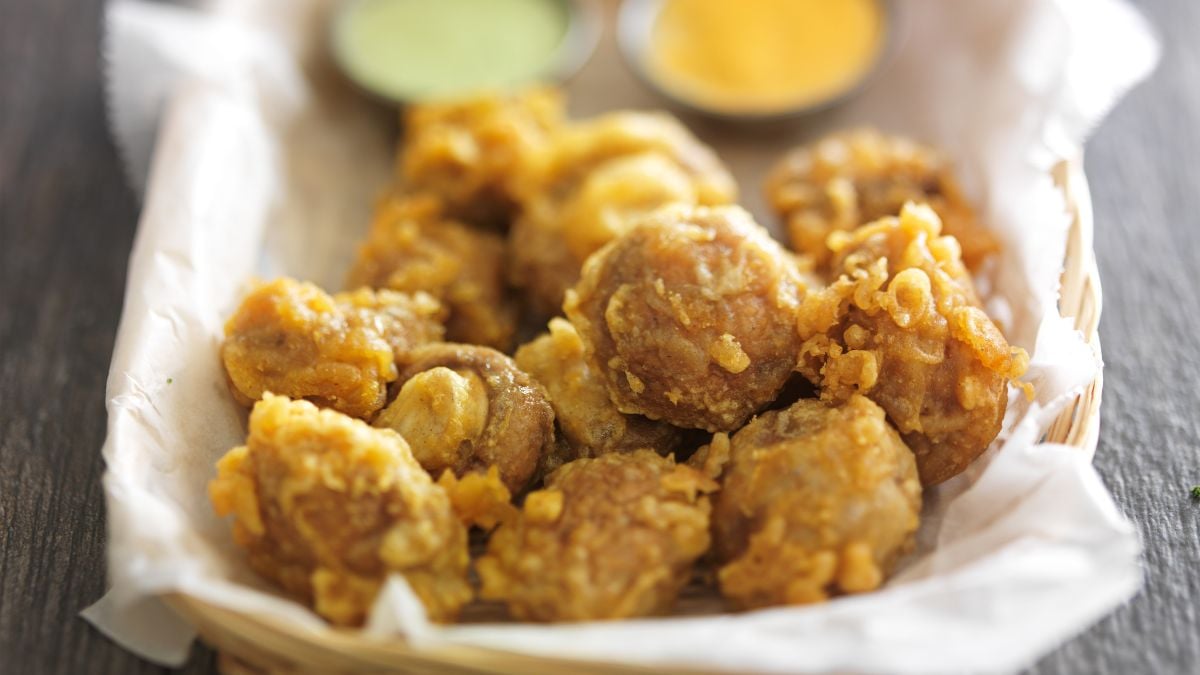
These have hung around menus for decades, but no one really craves them. The batter rarely sticks, the mushrooms turn soggy inside, and the texture is more slimy than satisfying. They’re an example of an appetizer existing just to fill space on a menu. Diners today want bold flavors, crunch, and freshness—none of which battered mushrooms deliver.
Raw Oysters: Too Risky for Chains
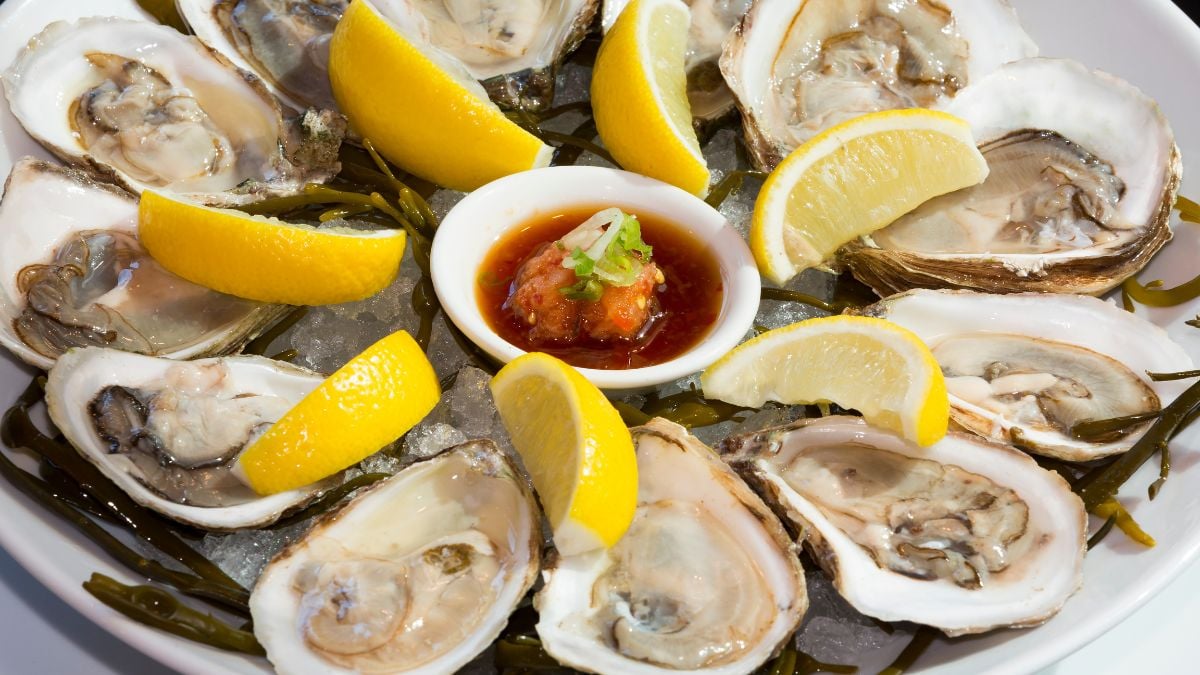
Raw oysters are still luxurious in high-end restaurants, but at chains they’re a gamble. When the focus is mass production and turnover, freshness takes a back seat. The risk of foodborne illness feels out of place in casual dining, where customers expect consistency and safety. For many diners, it’s just not worth the risk when safer, cooked seafood options exist.
Spinach Artichoke Dip: The Mayo Swamp
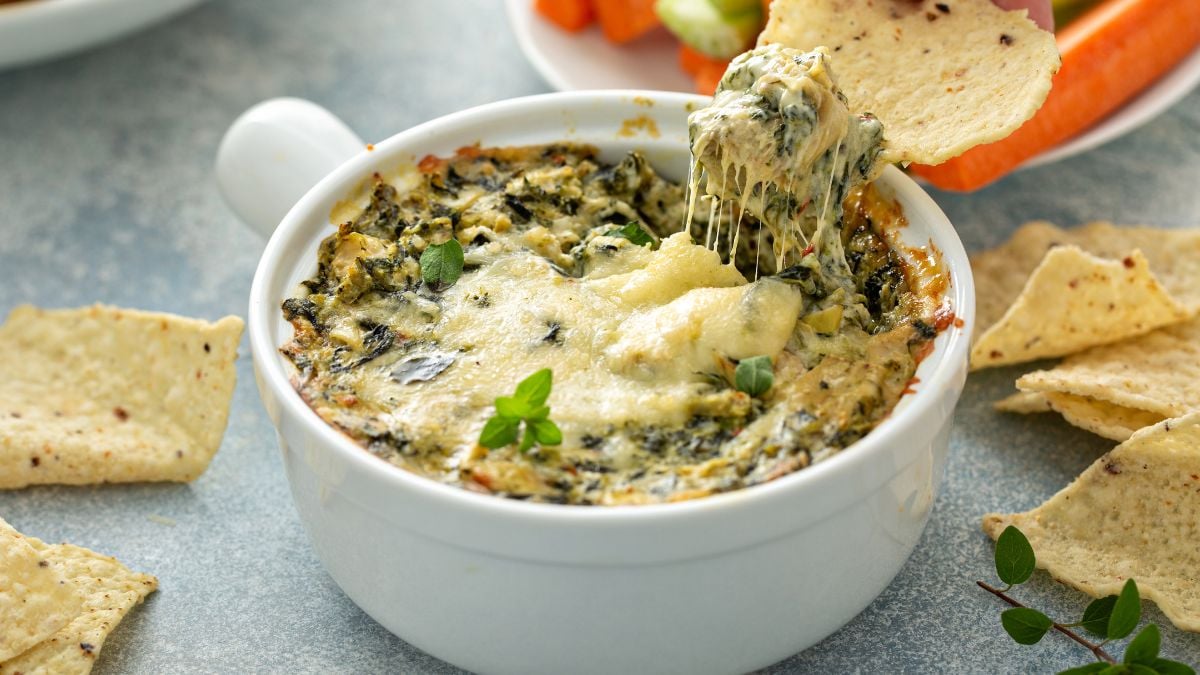
This dish was a star in the early 2000s, but chains have turned it into a gloppy, oily mess. Instead of tasting fresh, it often feels like warm mayonnaise with green flecks. It’s heavy, nutritionally dense, and rarely balanced with real flavor. Modern diners looking for lighter, veggie-driven starters now see this dip as a relic of the over-processed past.
The Bigger Trend: From Heavy to Fresh
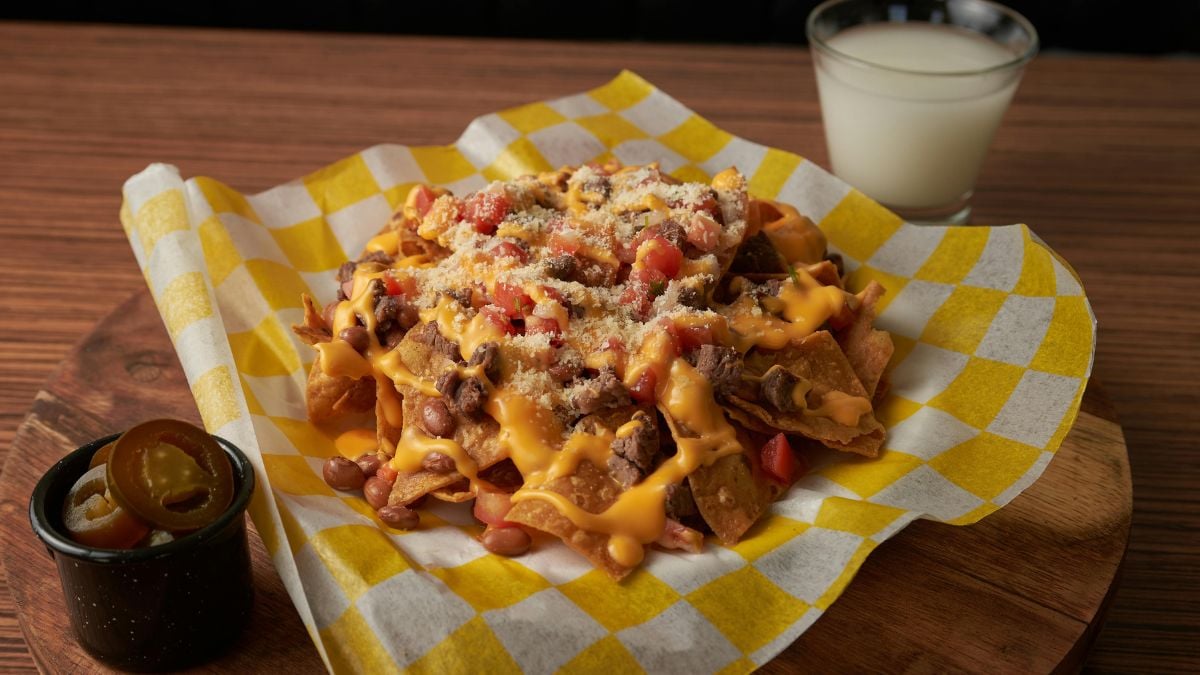
All these appetizers were born in a time when “more” meant better—more cheese, more grease, more novelty. But diners in 2025 are focused on balance, flavor, and real ingredients. Chains that cling to these outdated starters risk alienating a customer base looking for fresher, more innovative bites.

